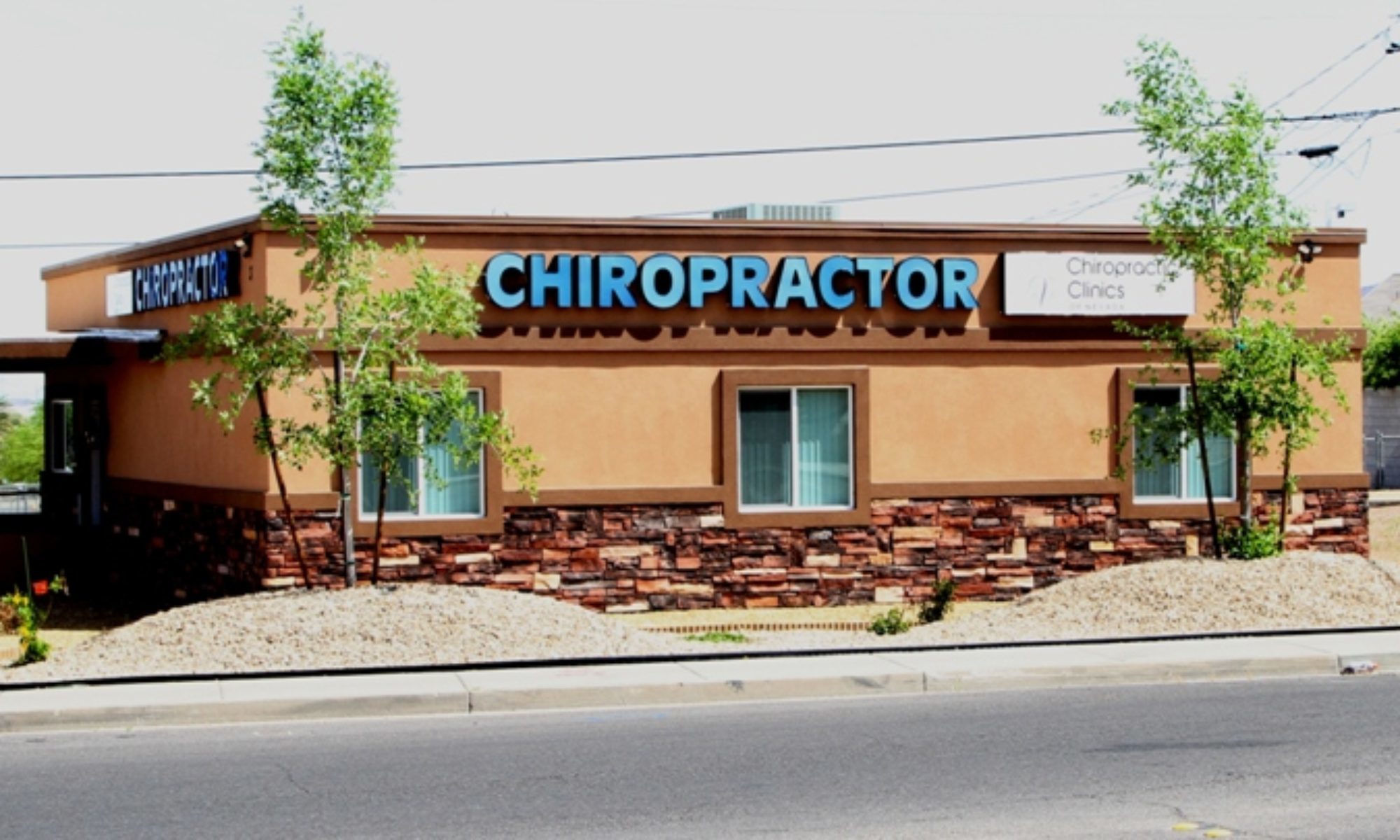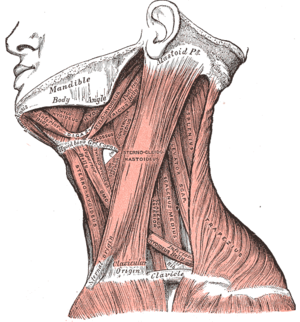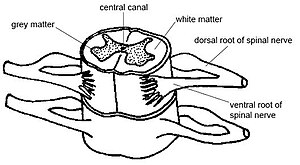Your Mom Was Right – Posture is Very Important!
“Don’t slouch!”
These are the words many of us have heard growing up. Most of us hated to hear this, but complied with her instructions having no understanding of the anatomical and biomechanical reasoning behind her persistent prodding. As a matter of fact, she probably wasn’t aware of the true implications of poor posture! But without understanding, your mother always seemed to know best.
So what is good posture anyway and why is it so critically important? Posture refers to the body’s alignment and positioning in relation to gravity. Whether standing, sitting or lying down, gravity exerts a force on our spine, bones, joints, ligaments and muscles. Good posture leads to accurate distribution of the force of gravity through our body to prevent overstressing of these parts.
When an architect designs a building he has to take these same laws of gravity and weight distribution into account. Similarly to the body, a building with a poor foundation is less resistant to strains and stresses. Think of the Tower of Pisa. Our bodies experience these strains and stresses over the months, years and decades of life.
When I look at someone’s posture, I’m concerned with the alignment of the spine with the individual standing. I have them close their eyes and turn the head left and right, then return to what they think is center. Having the eyes closed is important because this reduces neurologic information from the bodies righting reflexes. Ideally the shoulders and hips should be level and the head not turned. From a side view the neck should have a forward “C” curve with the ear hole over the mid-shoulder. A backward “C” in the mid-back. Lastly, the low back should have a forward “C” curve. The ideal alignment maintains balance to the spine and its associated structures. Without this alignment abnormal pressure is exerted on the spine, intervertebral discs, ligament, tendons and muscles.
The consequences of improper alignment is osteoarthritis, the most common form of arthritis, disc herniation, chronic muscle problems, numbness and tingling and many other conditions. All of these conditions take time to develop. As an example, it typically takes 7-10 years for the arthritis to be visible on x-rays.
So how do you check for proper alignment? My best recommendation is make an appointment with an office that is expert in the detection and correction of these problems. Additionally, seek the professional who has a track record of correct improper alignment. Our office has been successfully helping these types of problems for well over a decade. Regular check-ups are also critically because you will not typically feel it when these problems begin.
Henderson NV chiropractor, Dr. Darrell Swolensky has been practicing in Nevada for more than 13 years. He focuses on spinal correction to reduce, eliminate and prevent the recurrence of pain and symptoms with a series of state of the art technologies. He can be reached at (702) 565-7474 or on the web at www.nevadachiro.com.








